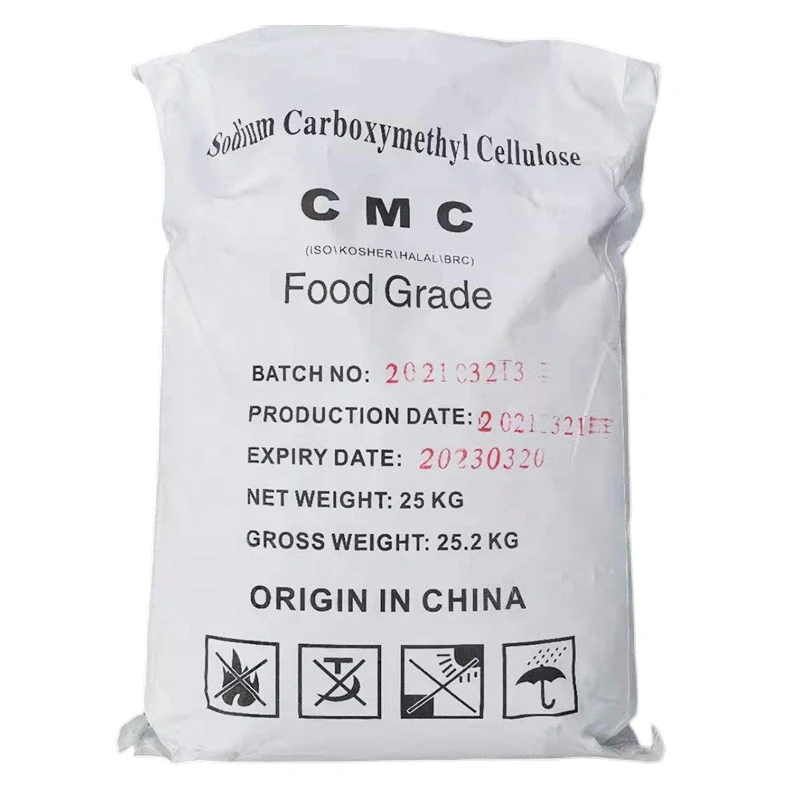



Is Sodium Chlorate an Acid or a Base in Aqueous Solutions?
Sodium Chlorate Acid or Base?
Sodium chlorate (chemical formula NaClO3) is an inorganic compound that plays a significant role in various industrial applications, particularly as a herbicide and in the manufacturing of chlorine dioxide. In order to understand whether sodium chlorate can be classified as an acid or a base, we need to delve into its chemical properties, behavior in solution, and its formation from acid-base reactions.
At the core of the debate surrounding sodium chlorate's classification lies its origin and its dissociation in water. Sodium chlorate is a salt derived from the reaction of chloric acid (HClO3) with sodium hydroxide (NaOH). This reaction yields sodium chlorate and water, exemplifying a classic acid-base neutralization reaction
\[ \text{HClO}_3 + \text{NaOH} \rightarrow \text{NaClO}_3 + \text{H}_2\text{O} \]
In this case, chloric acid contributes the acidic component while sodium hydroxide provides the basic component
. The resulting sodium chlorate is a product of this neutralization and typically displays properties of a neutral salt rather than that of an acid or base.When sodium chlorate is dissolved in water, it dissociates into sodium ions (Na+) and chlorate ions (ClO3−). The general equation for this dissociation is as follows
sodium chlorate acid or base

\[ \text{NaClO}_3 (s) \rightarrow \text{Na}^+ (aq) + \text{ClO}_3^- (aq) \]
The chlorate ion is particularly interesting due to its various chemical properties. Unlike many other anions, the chlorate ion does not exhibit the ability to donate protons (H+) to the solution, which would be characteristic of an acid. Furthermore, chlorate does not accept protons readily to demonstrate basic behavior. As a result, in a typical aqueous solution, sodium chlorate does not significantly affect the pH of the solution, aligning it more with neutral compounds rather than being classified strictly as an acid or a base.
However, the context in which sodium chlorate is universally used warrants further exploration. In agricultural applications, sodium chlorate is commonly utilized as an herbicide. Its action primarily involves the release of chlorate ions, which are toxic to plant life. In this process, sodium chlorate acts as an oxidizing agent, disrupting the cellular processes of plants, thereby not functioning as a traditional acid or base in those reactions.
Furthermore, sodium chlorate can participate in redox reactions. In an acidic environment, sodium chlorate can serve as an oxidizing agent, participating in the oxidation-reduction processes that are vital in various chemical frameworks and applications. For instance, when paired with reducing agents, sodium chlorate can yield chlorinated products, showcasing its dynamic role in chemical reactions.
In summary, sodium chlorate should not be superficially classified as either an acid or a base. Its nature is more complex than that of simple acid-base interactions. Instead, it behaves as a neutral salt in solution, exhibiting neither significant acidic nor basic properties. It is the chlorate ion's behavior under different conditions, particularly in redox reactions and its role as an oxidizing agent, that must be considered to assess its overall functionality and utility in chemistry.
In conclusion, while sodium chlorate originates from the reaction of an acid with a base, its dissociation and interaction in aqueous solutions render it a neutral compound. It does not demonstrate the fundamental characteristics of either an acid or a base, making it an intriguing subject for further study in both theoretical and applied chemistry. As scientists continue to explore the myriad applications of sodium chlorate, understanding its chemical behavior will remain a crucial aspect of its utilization in industry and agriculture.
-
Why Sodium Persulfate Is Everywhere NowNewsJul.07,2025
-
Why Polyacrylamide Is in High DemandNewsJul.07,2025
-
Understanding Paint Chemicals and Their ApplicationsNewsJul.07,2025
-
Smart Use Of Mining ChemicalsNewsJul.07,2025
-
Practical Uses of Potassium MonopersulfateNewsJul.07,2025
-
Agrochemicals In Real FarmingNewsJul.07,2025
-
Sodium Chlorite Hot UsesNewsJul.01,2025










